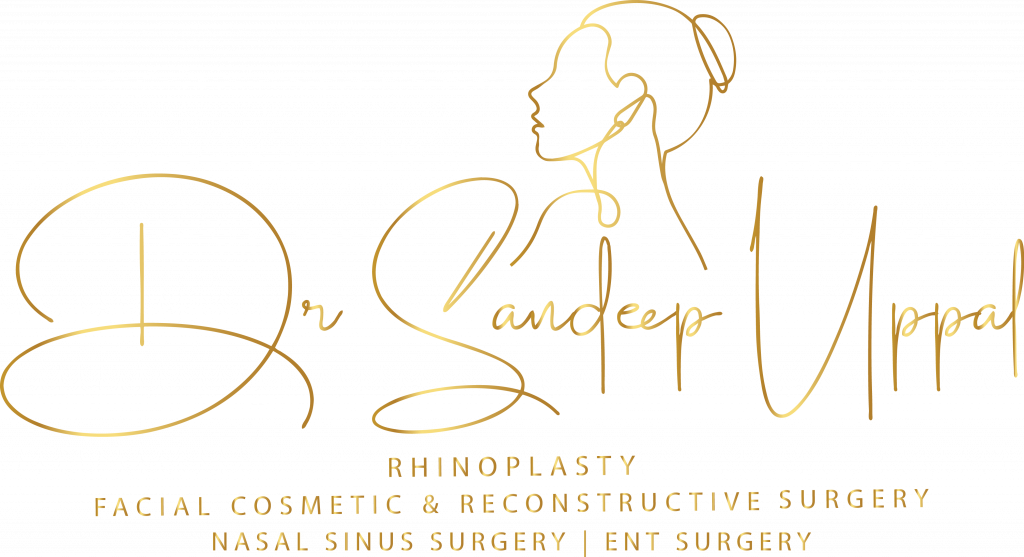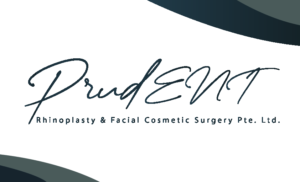Laser Skin Rejuvenation for Ageing and Pigmentation
LASER SKIN REJUVENATION FOR AGEING AND PIGMENTATION Laser skin rejuvenation is a cosmetic procedure designed to improve the appearance of the skin. This treatment targets various skin concerns like wrinkles, fine lines, sunspots, and uneven skin tone by stimulating collagen production and removing the top layer of damaged skin. TYPES OF LASER SKIN REJUVENATION ABLATIVE LASERS This treatment targets various skin concerns like wrinkles, fine lines, sunspots, and uneven skin tone by stimulating collagen production and removing the top layer of damaged skin. It removes the outer layers of the skin, promoting new skin growth. This is generally more effective but comes with longer downtime and more potential risks. Here are some common types of ablative lasers: CO2 Laser (Carbon Dioxide Laser) This is one of the oldest and most effective types of ablative lasers. It is commonly used to treat deeper facial lines, acne scars, and sun-damaged skin. Erbium YAG (Er: YAG) Laser This laser is less aggressive than the CO2 laser and is more finely tuned to remove thinner layers of skin. It is often used for finer wrinkles and for clients with darker skin tones to minimize the risk of hyperpigmentation. Erbium: Glass Laser This type is a variant of the Er: YAG laser and is typically used for moderate skin resurfacing. Each type of ablative laser comes with its own set of risks, benefits, and recovery times. For instance, CO2 lasers generally require a longer healing time but offer more dramatic results, while Er: YAG lasers might offer quicker recovery but may need multiple sessions for optimal outcomes. NON-ABLATIVE LASERS Non-ablative lasers are less invasive than ablative lasers and work by heating the underlying layers of the skin without damaging the surface layer. These do not remove the top layer of skin. Recovery time is usually quicker but may require multiple sessions. This stimulates collagen production and can improve the skin’s tone and texture. Laser treatment for pigmentation issues like age spots, melasma, and hyperpigmentation is an increasingly popular cosmetic procedure. The lasers work by targeting the melanin, or pigment, in the skin, breaking it down into smaller particles that are eventually eliminated or absorbed by the body. Here are some examples of non-ablative lasers commonly used for skin rejuvenation: MOXI Laser MOXI Laser is a type of fractional non-ablative laser treatment that operates at a 1927nm wavelength, specifically designed to target the water molecules within the skin. This innovative technology creates microscopic zones of controlled injury in the skin, prompting a natural healing process that enhances collagen production and facilitates pigment shedding. Here are the primary applications and advantages of MOXI Laser treatments: Skin Rejuvenation: Revitalizes aging skin, improving texture, firmness, and overall radiance. Fine Lines and Pigmentation: Effectively reduces the appearance of fine lines and addresses various forms of pigmentation, including melasma and sun damage. Skin Tone and Texture Improvement: Promotes a more uniform skin tone and smoother texture through the renewal of skin cells. Versatility for All Skin Types: Safe and effective across different skin types and tones, including darker complexions, making it suitable for a wide range of patients. Customizable Intensity Levels: Offers three levels of treatment intensity, catering to individual skin concerns from light “prejuvenation” to more intensive transformation. The MOXI Laser procedure is relatively quick, taking about 30-45 minutes per session, with minimal to no downtime, especially at its lower intensity level. It is ideal for those seeking efficient treatments without significant recovery time, like working professionals. A typical course involves monthly sessions for three months, followed by maintenance treatments every 2-3 months to sustain the rejuvenated skin appearance. LEARN MORE ABOUT MOXI LASER>> PicoSure Laser The PicoSure Laser is a leader in advanced laser technology, harnessing the power of picosecond pulses to deliver treatments that are not only fast but also highly effective. Operating at a 755nm wavelength, this US FDA-approved Alexandrite laser by Cynosure is renowned for its precision and versatility. Here are the fundamental applications and benefits of the PicoSure Laser: Efficient Pigmentation Treatment: Offers a superior solution for addressing pigmentation issues due to its high melanin absorption rate, making it ideal for treating conditions like melasma and sunspots. Tattoo Removal: Utilizes ultra-short pulse durations to shatter tattoo ink into minuscule particles, allowing for effective removal with fewer sessions. Acne Scars and Sun Damage: By creating a photomechanical effect rather than a thermal one, PicoSure effectively repairs acne-scarred and sun-damaged skin without the associated risks of burns or post-inflammatory hyperpigmentation. Skin Revitalization: The patented Focus Lens Array technology induces Laser Induced Optical Breakdowns (LIOBs), spurring collagen and elastin production, leading to a rejuvenated skin appearance. Minimized Downtime: Thanks to its precision and the gentle nature of its mechanism, PicoSure treatments result in minimal redness and bleeding, enabling a quick return to daily activities. PicoSure’s edge over other picosecond lasers, especially those with a 1064nm wavelength, is its unparalleled ability to target melanin effectively while preserving surrounding tissues, offering outstanding results with less discomfort and fewer side effects. With a decade of proven effectiveness, supported by extensive clinical research, PicoSure stands out as the picosecond laser of choice for discerning clients seeking the best in skin rejuvenation and repair. LEARN MORE ABOUT PICOSURE LASER>> Long Pulse Nd: YAG (Neodymium-Doped Yttrium Aluminium Garnet) Laser This laser is used for a variety of skin issues, including acne scarring and spider veins. It is also suitable for darker skin tones. Fraxel Laser Fraxel lasers work by delivering laser beams in a fractional manner, targeting only a “fraction” of the skin at a time. This allows for the treatment of microscopic columns of skin while leaving the surrounding areas untouched. The targeted areas stimulate the natural healing process, encouraging the production of new collagen and elastin. Common uses include: Skin resurfacing. Treatment of fine lines and wrinkles. Hyperpigmentation and sun spots. Acne and surgical scars. Improving skin texture and tone. Q-Switched Nd: YAG Lasers The Q-Switched Nd: YAG (Neodymium-doped Yttrium Aluminium Garnet) Laser has the ability to deliver high-powered energy in
Laser Skin Rejuvenation for Ageing and Pigmentation Read More »


